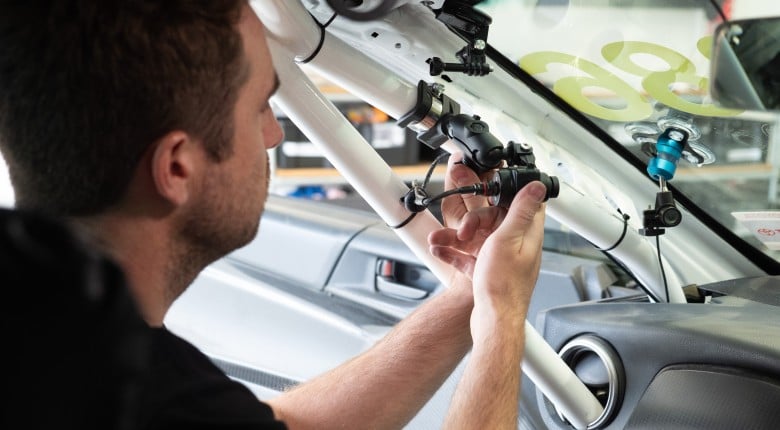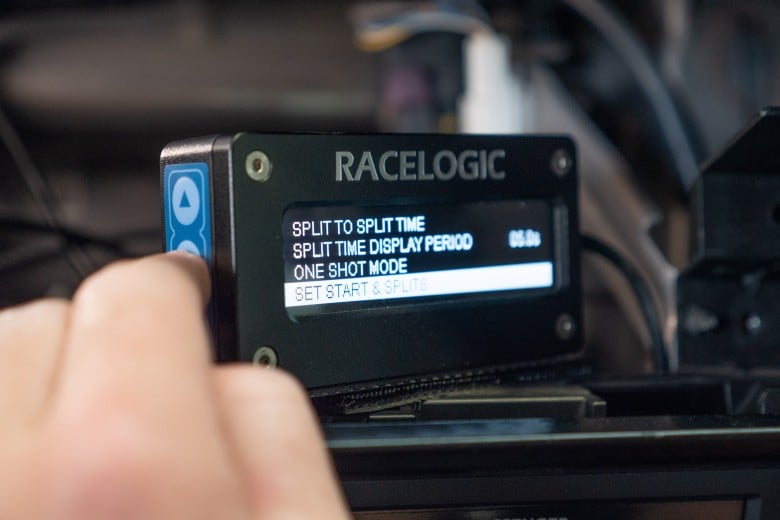Data is perhaps the most valuable resource in motorsport — but the reality is that the vast majority of drivers don’t utilise it to anywhere near its full potential, if at all. Installing a logger and some sensors into your car isn’t free, sure, but there’s a good chance you’re going to pick up much more time per dollar spent with logging than you would on a bigger turbo, new dampers, or a big-dollar carbon race seat. But what do we really need to make it an effective investment, what’s the best type of logger for us, and how can we get the most out of it?
Tim White, a professional race engineer and the tutor behind HPA's Data Analysis Fundamentals and Advanced Data Analysis courses, sat down to answer these questions and more.
In this interview: Why Use Dataloggers? | Will an iPhone or Tablet Work? | How To Choose A Datalogger | Other Datalogger Considerations | What Is The Bare Minimum Required From A Datalogger? | Any Hidden Extras? | Are They Easy To Use And Understand? | What Courses Do You Offer?| What Is Your Pro-Tip For Newbies?
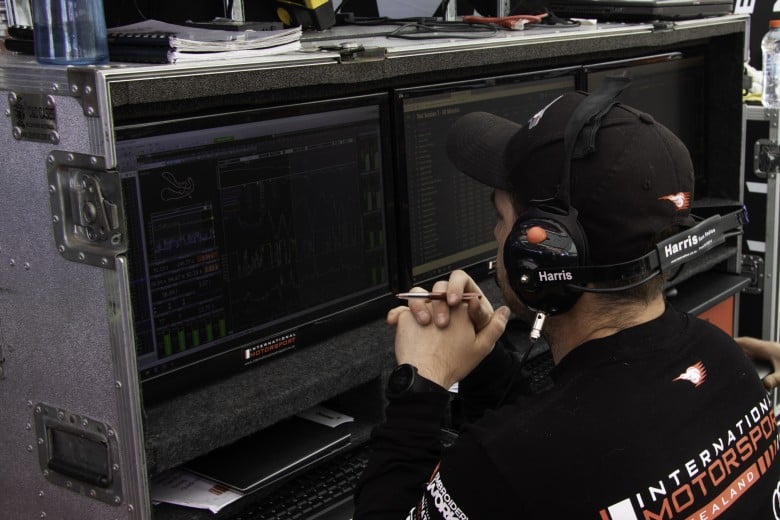
First off, give us your broad-strokes one minute pitch. Why should we, as amateur drivers, use a motorsport datalogger?
The ability to be objective about the way you’re driving isn’t something that seems to come naturally to us as humans. Part of that can be ego, but having the ability to actually measure something directly and then being able to compare or overlay it with another lap or technique — this is what logged data analysis is all about. It’s direct measurement that allows us to put a number on useful metrics we can use to improve our performance in a methodical way.
I started my motorsport career as an amateur, and especially as someone who didn’t start out karting from a young age or being particularly gifted, I know what it’s like to fumble around with your driving and feeling like it’s hard to know where to focus your efforts or how to improve.
This is what can be so liberating about making use of logged data, it can feel like you’re lifting the veil and start to understand things about your technique and how to find gains.
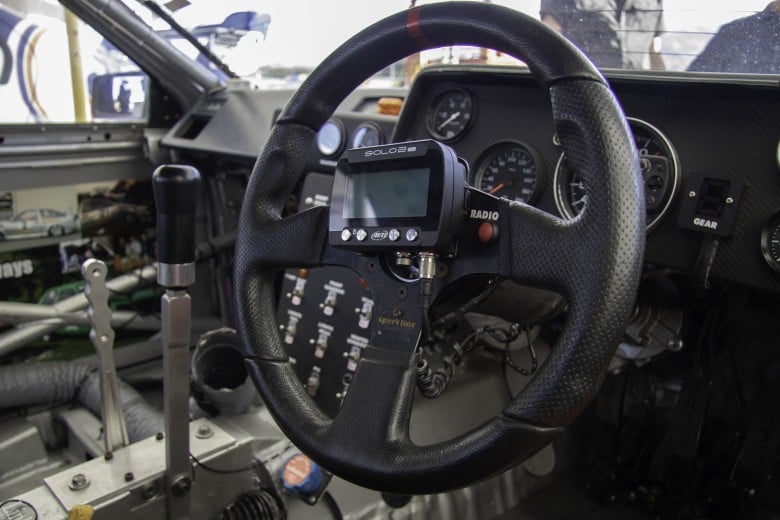
It seems like you can do a lot with an iPhone these days, why not just use an app?
It’s true that you can — and honestly, there’s a lot of value in an approach like this and it can be a good low-cost way to get started in data logging. Modern phones have GPS, accelerometers, gyros, and a screen for displaying information — that’s the major pieces of a basic motorsport data logger right there. There are however quite a few substantial limitations with a system like this.
For someone just starting out, the hardware itself isn’t too much of a problem but when you want to start expanding your data analysis past the absolute basics, you don’t have much flexibility or customisation possible. However, the biggest limitations on tools like this tend to be more on the post-processing side. A lot of the value of a logging system comes with the quality of the software you use to analyse the data, where you actually view the squiggly lines. I think this is the area where you get a huge step up in value by using a proper motorsport logger.
There are so many different loggers out there on the market, how do we know what’s right for us?
It’s true that it can seem overwhelming! To start with you’ve got to think about your goals — what do you want to achieve by fitting a logger? If you’re just starting out, then I think less is more. What I mean by that is buying an extremely configurable logger and all the flash sensors can seem like it’s going to help speed you up quicker, but often this ends up being overwhelming.
My recommendation is to start with something extremely simple, in terms of both complexities of fitting and configuring it but also with limited amounts of inputs. In saying that, even very simple loggers these days tend to allow expansion in the future, especially with making use of things like a factory CAN bus.
Concentrate on getting the most out of the very simple logged data — you can do a lot with relatively little! I’m always seeing people with a lot of logging and sensing hardware that aren’t even exploiting the basics, and they’re just wasting money. The kinds of loggers I’m talking about for getting started are things like the AiM Solo and the Video VBOX. Units like these are extremely simple to fit and setup, and give you all the basics you need to get started — speed, acceleration, time gain/loss and more.
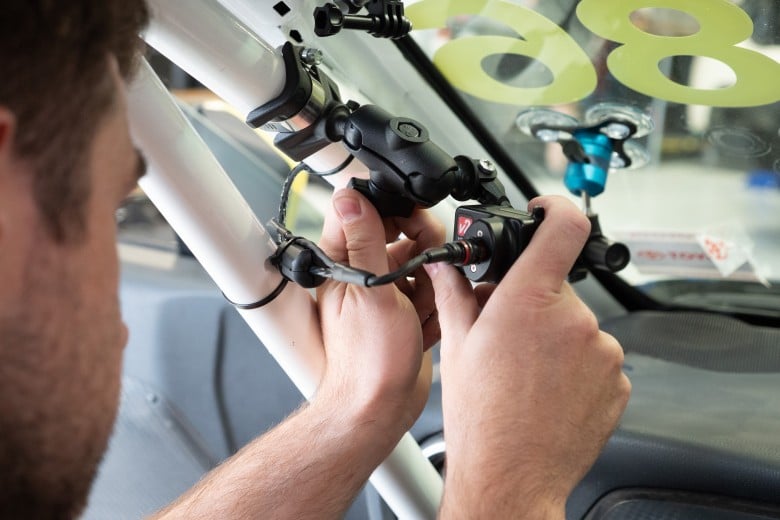
What else do we need to consider, besides just the cost of the unit? Ease of install, or better software, for example?
Absolutely, the ease of install is a big one. At the most basic end of the spectrum, the install is limited to attaching a suction cup to your windscreen. The simplest units have all their sensors onboard and some even have their own onboard battery so you don’t even need a power supply!
If you have the budget that allows it, you can think about buying something that’ll allow you to expand its capabilities in the future. This means you won’t need to reinvest in a whole new logger later down the track. Some examples of this are the ability for the unit to log CAN bus data or syncing with a camera input. If future expandability is important to you, check that the logger supports CAN bus data logging for your car or ECU.
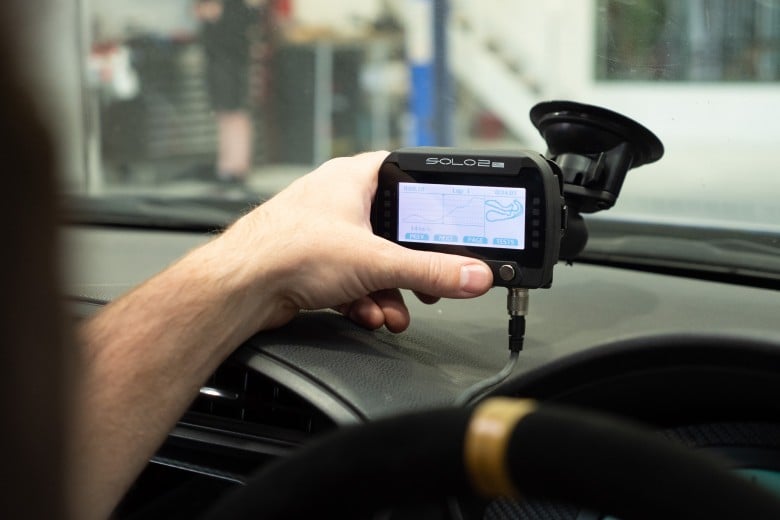
What would you consider as the bare minimum for an amateur driver wanting to invest in some data logging equipment for their race car?
A logger with the ability to record speed, lateral and longitudinal acceleration, and a screen that can show the lap time gain/loss in real-time. Being able to see the gain/loss against a reference lap in real-time is such a useful tool as you can modify your driving, try different things, and get instant feedback without having to return to the pits and download the data. It really speeds the process up!
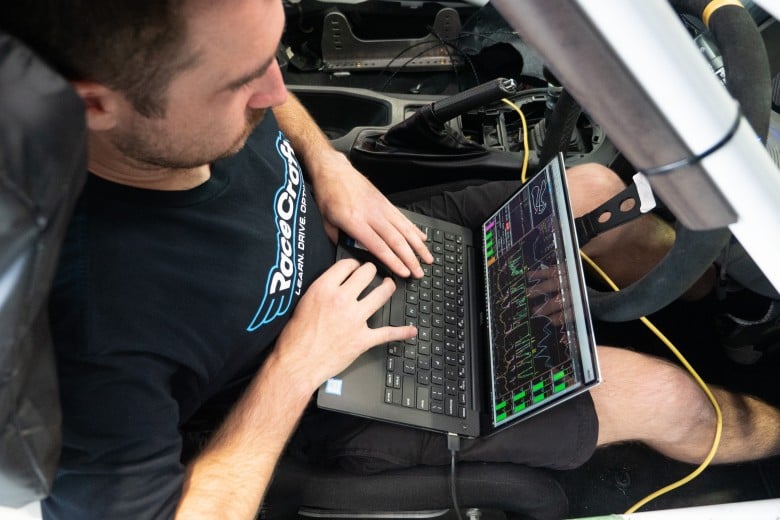
There’s the cost of the unit and its install, but is that really only the tip of the iceberg — how much more should we be budgeting for with sensors, a laptop, and everything else? Double the cost of the logger itself?
If you’re keeping things simple then the main cost will be in the logger itself. I’d consider a laptop to be a must-have as well. Even though some loggers have the ability to visualise the data on a built-in screen, you just can’t see enough detail in my opinion. Being able to dig into the data on a laptop screen and find subtle differences is a big help.
Basic loggers tend to have all the fundamental sensors built into them so there shouldn’t be an extra investment there, and the units themselves start in the $500 USD range. You don’t need a flash laptop to look at the data, either. Something very simple will do, say the $300-$500 range if you don’t already have one. One potential trap is to check which operating systems are supported by the logger manufacturer. I’ve never come across one that doesn’t support Windows, but not all support Mac.
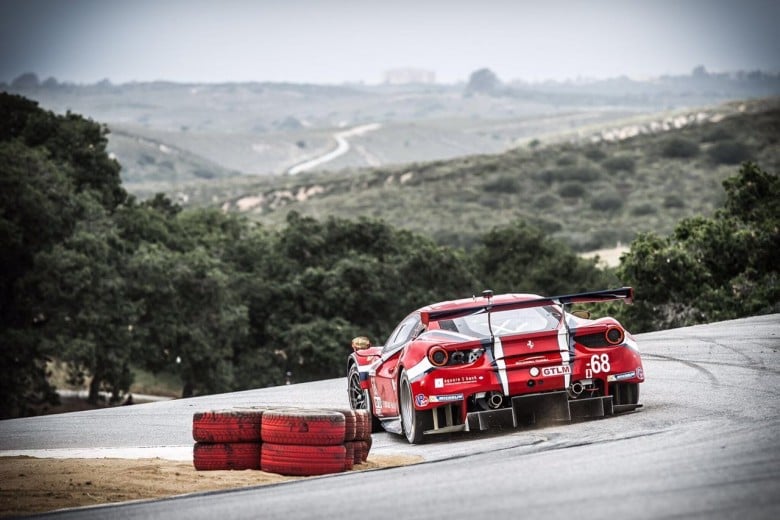
What about knowledge? Is it pretty self-explanatory stuff, or do you think drivers need a degree to really understand what they’re looking at?
There is nothing complicated about finding performance in the basic logged data channels! The thing is, you do need some background into the what, why, and how. Once you understand the fundamental principles about what to look for and what to prioritize it’s not particularly difficult to apply. This is really what we focus on heavily in both the Data Analysis Fundamentals and Professional Data Analysis courses — it’s the principles and concepts to try to make the lessons generically applicable regardless of the car or logging system.
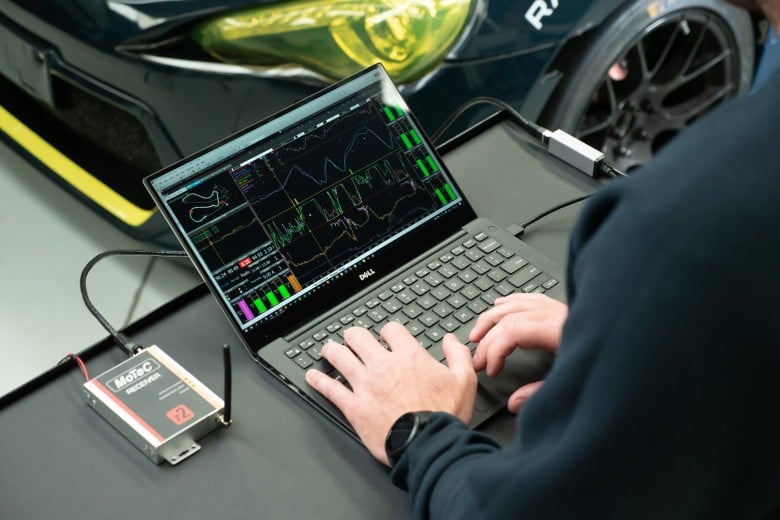
Can you explain what those two courses actually provide the user? As in, what should they expect to be able to achieve after completion?
The Fundamentals course focuses on explaining the different types of logging systems and how to choose something to suit your needs as well as how to configure them to get the most out of it. Then it moves onto what each of the outputs you’re logging can tell you about your driving and the common places you’ll find time.
The Professional course, as the name implies, is a much deeper dive. It is still mostly focused on improving your driving but it accounts for logging systems with more sensors. It also covers sensors and techniques you’d expect to find in professional motorsport. Both courses give you a structured process to help you move through setting up, recording, analysing your data, and finding gains on track.
After taking these courses, a student will be able select, configure, log, and effectively analyse either their own or someone else's logged data with a high degree of confidence.
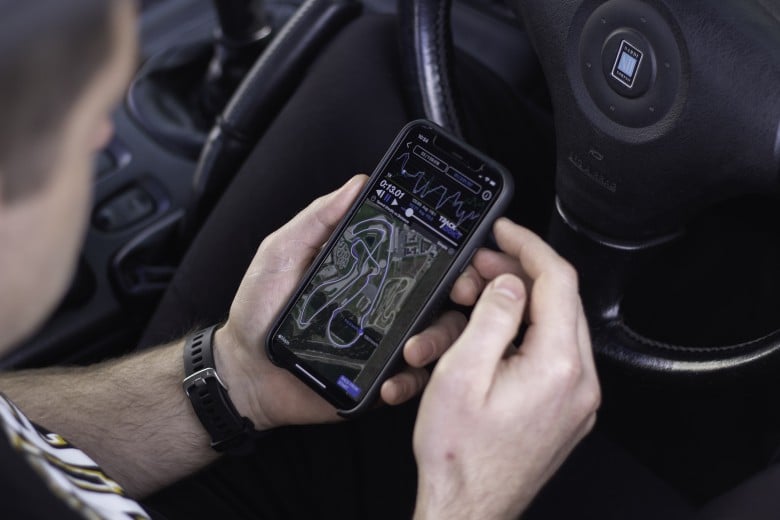
If you could offer only one piece of advice for anyone new to motorsport data analysis, what would it be?
Keep it simple! It’s so easy to try to do too much and end up swamped. Start basic and focus on squeezing everything you can from the basics!
Want to start with the basics of data analysis which you'll make use of forever? Enrol in the Data Analysis Fundamentals course now.
